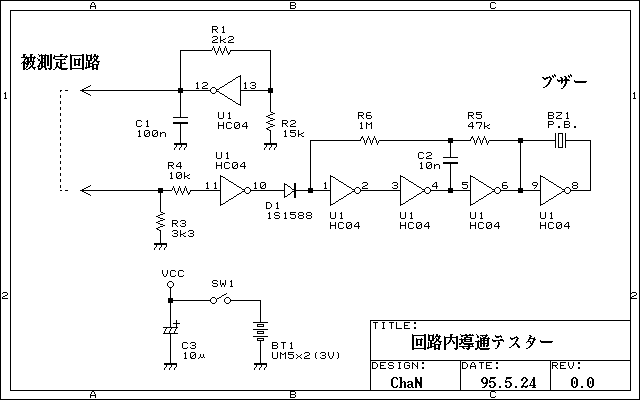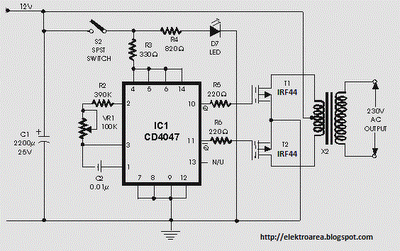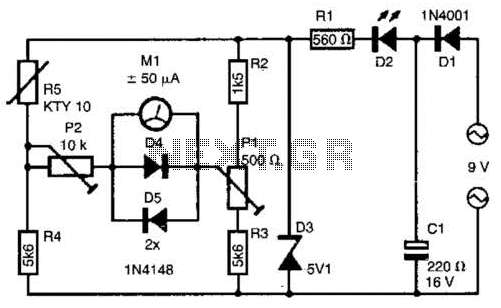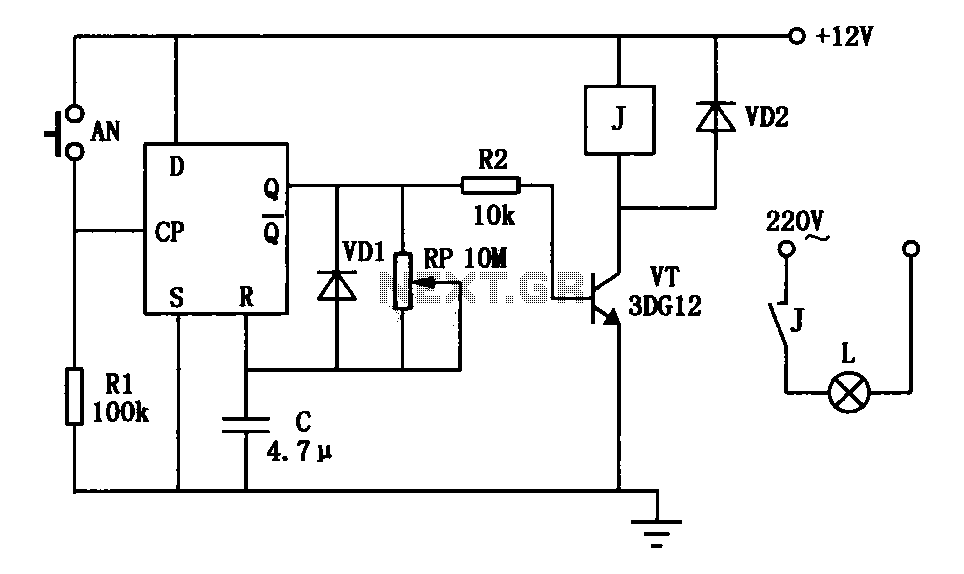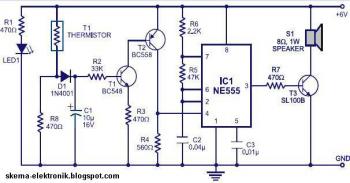
Bad book is not binding circuit

The circuit for detecting bad book binding is not illustrated. The solenoid valve is used to control the head of the YV1 mechanism for handling bad books. Under constant conditions, there is no positive signal indicating a bad book. The left tube (VTI) is turned off while the right tube (VT2) is activated, resulting in the collector voltage of VT2 being zero volts. When a bad letter is detected, the trigger number activates the flip-flop, changing the state to turn on the left tube (VT1) and turning off the right tube (VT2), which causes the collector voltage to rise to +9.5V. This signal is then amplified by transistor F3, which controls the conduction of VT4. Consequently, relay K1 is activated, and the electromagnetic mechanism YV1 operates to control the head, preventing the binding of bad books.
The described circuit functions as a detection and control mechanism for identifying and managing defective books during a binding process. The core of this system relies on a flip-flop configuration, which toggles its state based on the input signals received from the detection of bad letters. The left transistor (VTI) and right transistor (VT2) serve as a bistable multivibrator, where the state of the output is determined by the presence of a faulty book.
In the inactive state, VT2 is on, allowing current to flow through it, resulting in a collector voltage of 0V. When a bad book is detected, the flip-flop is triggered, causing VT1 to turn on. This action turns off VT2, leading to a collector voltage increase to +9.5V. This voltage change is critical as it serves as the input to the next stage of the circuit.
Transistor F3 acts as a current amplifier, enhancing the signal generated by the flip-flop. When the output from the flip-flop switches to +9.5V, F3 is activated, which in turn controls VT4. The conduction of VT4 is significant as it allows current to flow through relay K1. Once K1 is energized, it activates the electromagnetic mechanism YV1, which is responsible for adjusting the binding head. This mechanism ensures that any book identified as defective is not subjected to the binding process, thereby maintaining quality control within the operation.
The circuit can be further enhanced by incorporating additional features such as indicators for system status, feedback loops for error correction, or integration with a microcontroller for more sophisticated processing and control. Such enhancements would provide a more robust solution for managing book binding operations, ensuring that only properly formatted books proceed through the binding stages. Bad book binding circuit not shown, do the solenoid valve to control the head of the YV1 bad book is not set, no positive signal of bad books under constant conditions, the fli p-flop of the left tube VTI off right tube VT2 turns on, then the collector voltage VT2 is ov. If bad letter into the trigger number, this flip-flop flip, the state turned to the left tube VT1, VT2 off the right tube, the collector voltage vri to +9. 5V. This signal is current-amplified by f3 control VT4 conduction, the relay Kl pull, electromagnetic Yan YV1 action, the head of the control is not a bad book to the binding.
The described circuit functions as a detection and control mechanism for identifying and managing defective books during a binding process. The core of this system relies on a flip-flop configuration, which toggles its state based on the input signals received from the detection of bad letters. The left transistor (VTI) and right transistor (VT2) serve as a bistable multivibrator, where the state of the output is determined by the presence of a faulty book.
In the inactive state, VT2 is on, allowing current to flow through it, resulting in a collector voltage of 0V. When a bad book is detected, the flip-flop is triggered, causing VT1 to turn on. This action turns off VT2, leading to a collector voltage increase to +9.5V. This voltage change is critical as it serves as the input to the next stage of the circuit.
Transistor F3 acts as a current amplifier, enhancing the signal generated by the flip-flop. When the output from the flip-flop switches to +9.5V, F3 is activated, which in turn controls VT4. The conduction of VT4 is significant as it allows current to flow through relay K1. Once K1 is energized, it activates the electromagnetic mechanism YV1, which is responsible for adjusting the binding head. This mechanism ensures that any book identified as defective is not subjected to the binding process, thereby maintaining quality control within the operation.
The circuit can be further enhanced by incorporating additional features such as indicators for system status, feedback loops for error correction, or integration with a microcontroller for more sophisticated processing and control. Such enhancements would provide a more robust solution for managing book binding operations, ensuring that only properly formatted books proceed through the binding stages. Bad book binding circuit not shown, do the solenoid valve to control the head of the YV1 bad book is not set, no positive signal of bad books under constant conditions, the fli p-flop of the left tube VTI off right tube VT2 turns on, then the collector voltage VT2 is ov. If bad letter into the trigger number, this flip-flop flip, the state turned to the left tube VT1, VT2 off the right tube, the collector voltage vri to +9. 5V. This signal is current-amplified by f3 control VT4 conduction, the relay Kl pull, electromagnetic Yan YV1 action, the head of the control is not a bad book to the binding.
